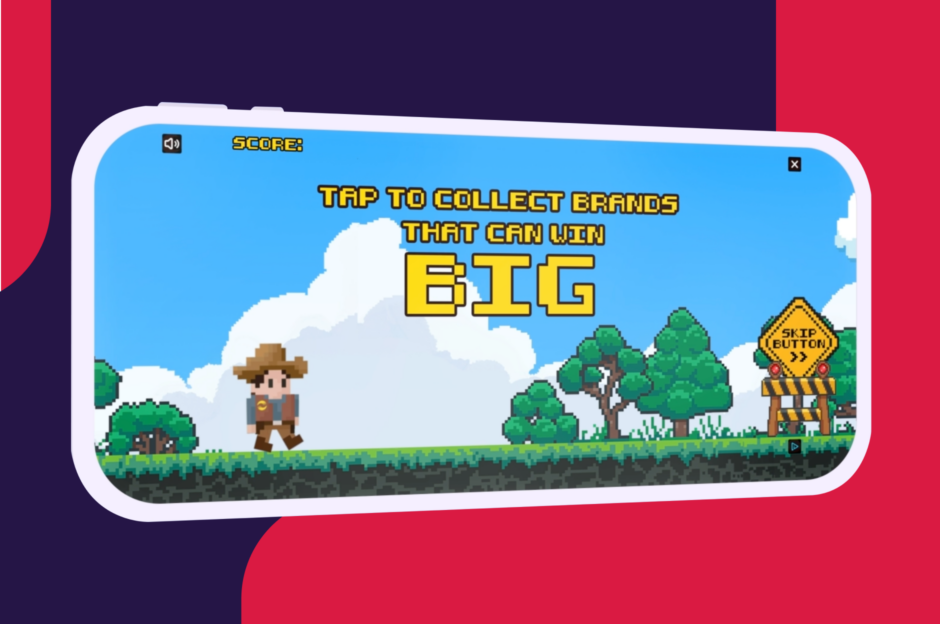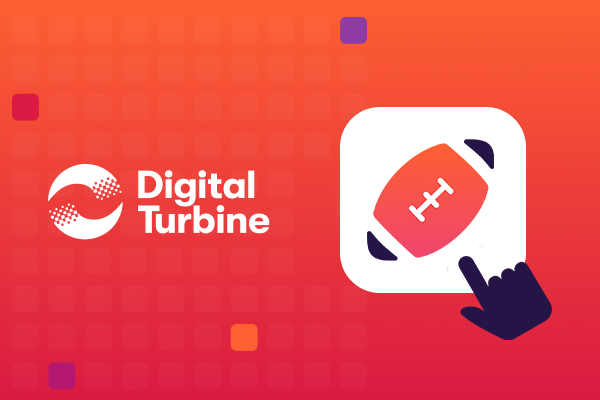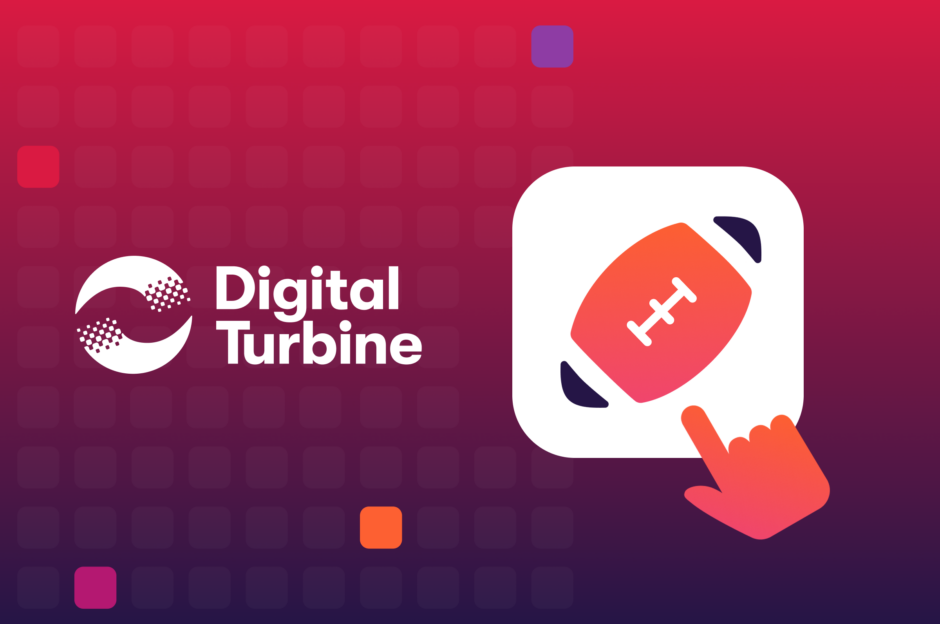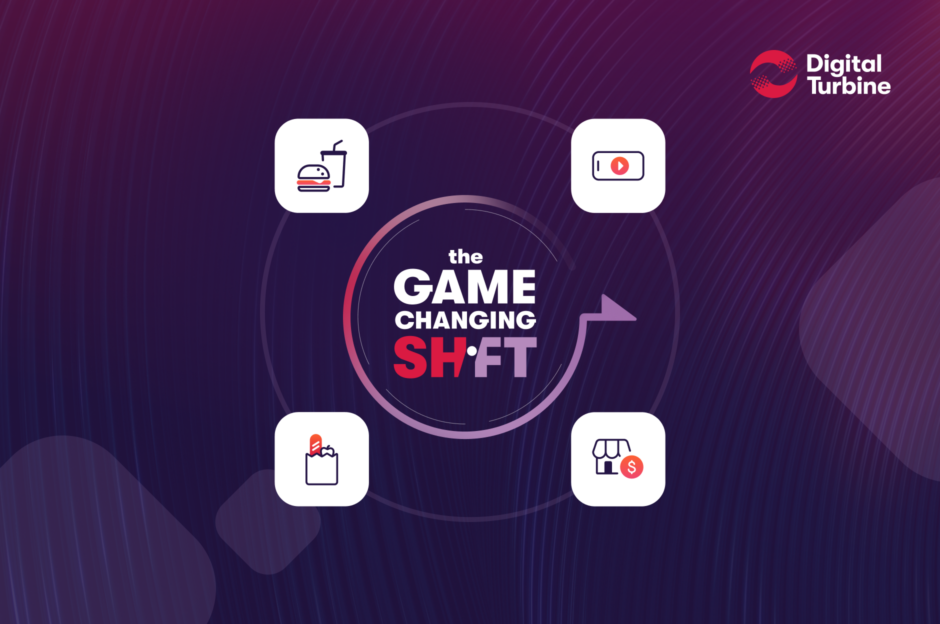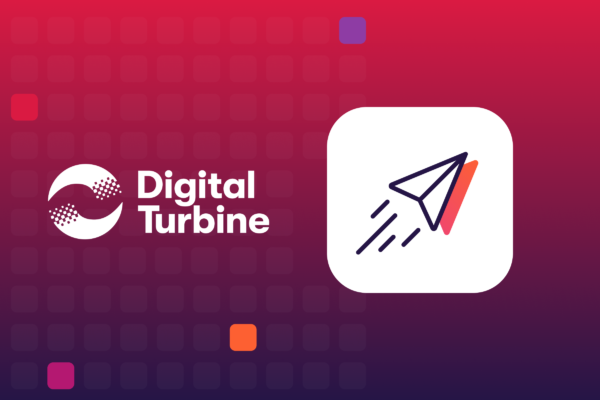
“A duopoly is a situation in which two companies own all or nearly all of the market for a given product or service.”
The quote above is the business industry definition of duopoly according to Investopedia, and it serves as an accurate description of the current state of mobile advertising, especially given the sheer size and strength of today’s two kings of mobile: Facebook and Google. As numbers never lie, let’s take a look at some of the startling duopolistic statistics of mobile advertising in the digital age…
- An astonishing eight out of the top eight apps (as measured by reach) are owned by either Google or Facebook
- 49% of Google’s net US ad revenues for 2016 came from mobile devices (up 10% from 2015)
- Facebook’s net mobile internet ad revenues reached $26 billion in 2016 (up from $17 billion in 2015)
- Together, Facebook and Google shared 63% of total digital ad revenues in 2015
Mobile advertising is booming, that much is apparent. And yet, as the numbers clearly demonstrate, the majority of the mobile advertising pie is being devoured by the two dominate social media and search engine solutions of the digital age. With only a trickle of mobile advertising pie crumbs left to fight over, advertisers are openly seeking a “third-force” option that will not only diversify the range of platforms available to mobile ad publishers, but one that will be more willing to share user data.
What can advertisers expect in 2017? Will a “third-force” option appear? Will the duopoly dominance continue?
This post is dedicated to finding out.
Duopoly Dominance Will Persist (for now)…
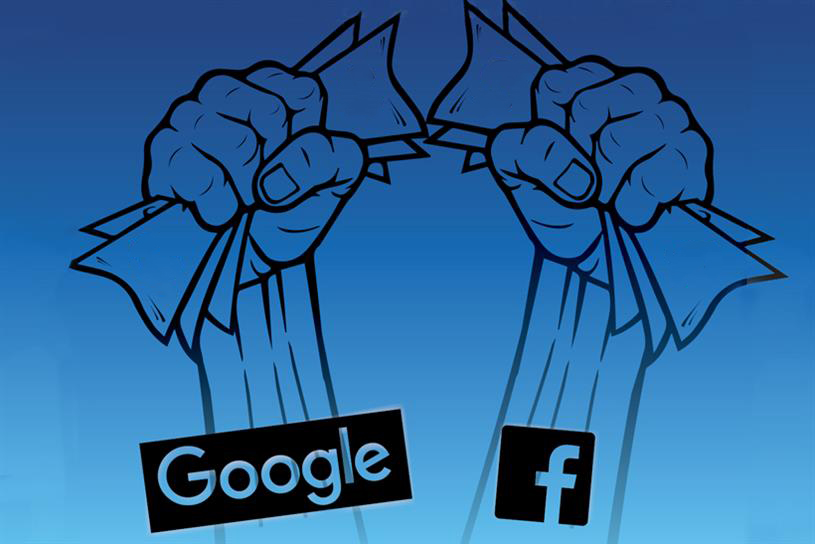 For the time being, advertisers should expect a mobile ad market already dominated by Facebook and Google to continue to be so in 2017 and 2018.
For the time being, advertisers should expect a mobile ad market already dominated by Facebook and Google to continue to be so in 2017 and 2018.
The marketing gurus at eMarketer believe that both Google and Facebook mobile ad revenues will reach impressive heights during the next two years. It is predicted that Google will earn nearly $42 billion in mobile internet ad revenues for this year alone, with Facebook following just behind at $29 billion. In keeping with this trend, eMarketer expects 2018 to come to a close with Google earning nearly $50 billion in mobile ad revenue, and Facebook inching ever closer to $40 billion.
While many Industry pundits have predicted a slowdown of Facebook’s “blistering” mobile growth, the social media giant’s third-quarter results from 2016 in fact show the complete opposite. With $6.8 billion in advertising revenue reported, ad revenues are up 59% year-over-year. Perhaps even more startling is the fact that of this $6.8 billion in advertising revenue, $5.4 billion came from mobile. Google, which has struggled in recent years to deliver its mobile users compelling product/service offerings, showed strong third-quarter growth as well, bringing in $22.45 billion in revenue. While Google’s parent company, Alphabet Inc., does not indicate mobile revenue within quarterly reports, the company did, however, indicate that CPC’s (cost-per-click) fell 11% during the third-quarter, while paid clicks rose at a rate of 33%. From these numbers we can safely infer that mobile advertising is continuing its rise as one of the staples of Google’s digital age advertising strategy.
Ad Spend Can Help Predict the Future
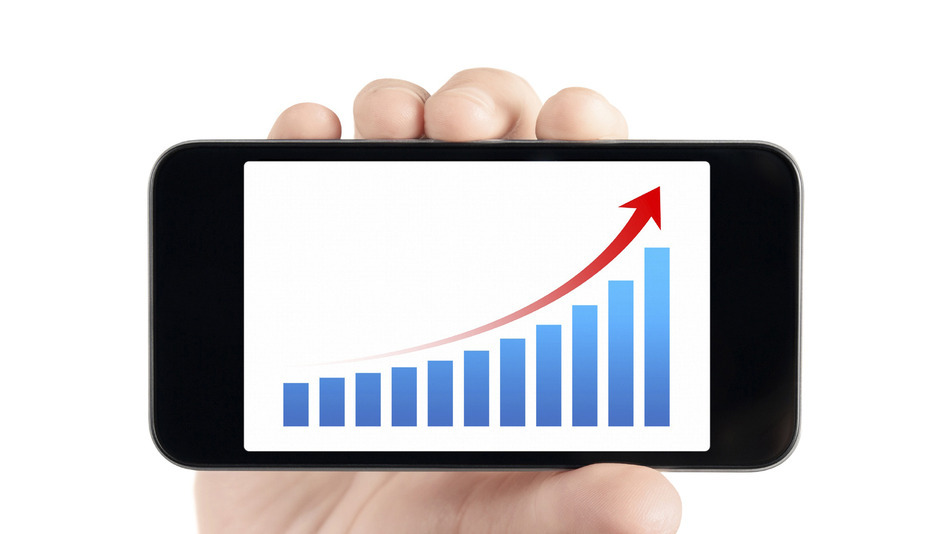
With so much money making up the mobile ad spend pie, where exactly are marketers currently allocating their ad spend? We all know that marketers are attracted to scale, but it is important to remember that they are also attracted to choice. This notion of the freedom of choice is clearly reflected in today’s “native focused” ad spend habits. A new study from Facebook and IHS Inc. reveals that, by 2020, media buyers will spend $84.5 billion on mobile advertising, with mobile ad spend accounting for 75% of all global digital ad spend. According to the report, native ads will be the most significant growth driver, accounting for 63% of all mobile display advertising by 2020. Further, the study also reveals that while in-app native will continue to be the largest mobile revenue driver of the digital age, third party-app native will be the fastest growing.
Why all the emphasis on native?
Well, as the study indicates, the benefits of going native are undeniable when compared with the traditional (if scalable) use of banner ads. Not only do consumers engage with native ads 20-60% more, but native ads also drive higher retention rates (up to 3x), result in enhanced eCPM rates (up to 2x higher), and are less likely to lead to consumer ad fatigue. As digital age marketers are eager to diversify their native spending with a move away from Google and Facebook, this new focus on native will likely result in the rise of the “third-force” option referenced above. The likely choice for the Facebook/Google duopoly disruption will be the “Telcos” of the digital age. Also known as telecommunication companies, Telcos are the founding fathers of big data, and the original data communication service providers. Look for carriers such as Verizon and AT&T to play an ever more important role in disrupting the so-called “walled garden” era of mobile advertising.
The Rise of the “Telco”
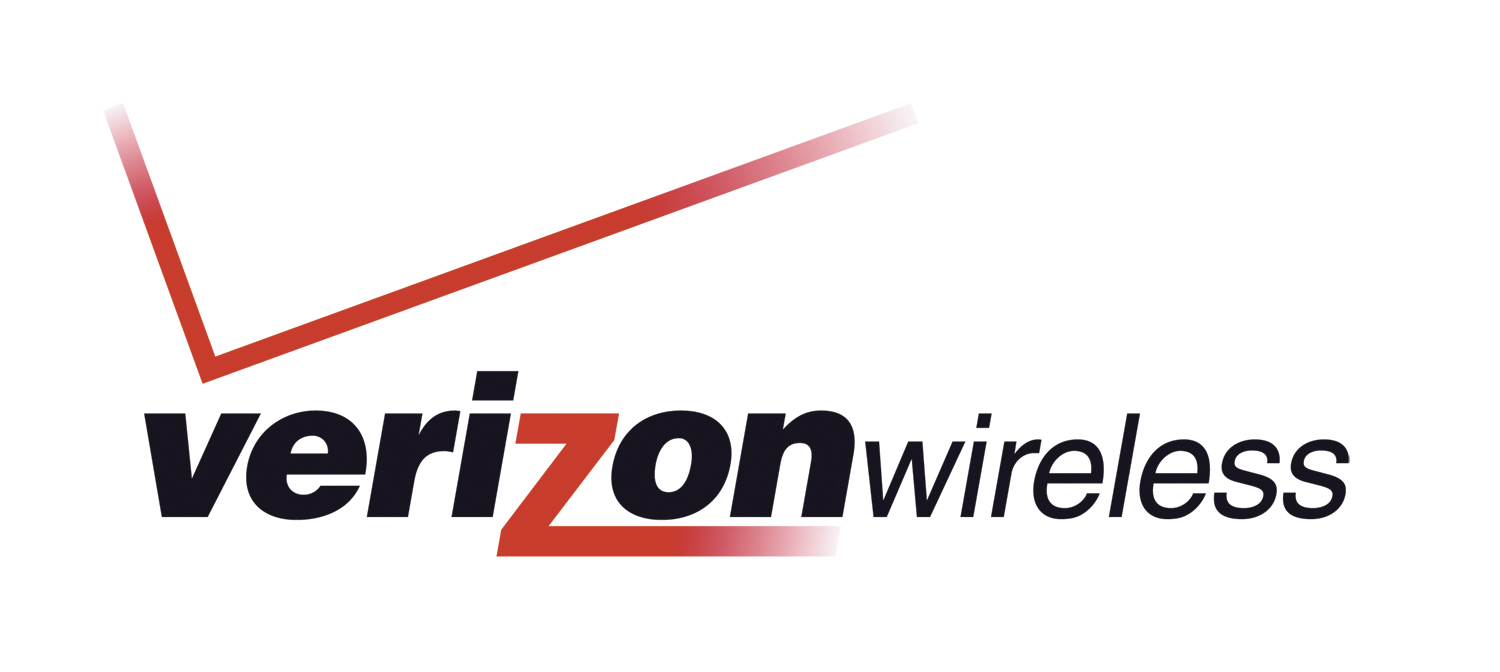 Advertisers have desperately desired an alternative to the mobile advertising duopoly of Facebook and Google for some time now. Not only has their extreme concentration of mobile ad power resulted in a “walled-garden” type environment, but it has also limited the ability of advertisers to truly understand the effectiveness of their campaigns. Today’s marketers need open advertising ecosystems in order to measure ROI and engage in accurate targeting and consumer behavior review. With Verizon’s recent purchase of Yahoo and AOL, and AT&T’s tentative agreement to purchase Time Warner for $85.4 billion, advertisers may very soon receive just what they are looking for.
Advertisers have desperately desired an alternative to the mobile advertising duopoly of Facebook and Google for some time now. Not only has their extreme concentration of mobile ad power resulted in a “walled-garden” type environment, but it has also limited the ability of advertisers to truly understand the effectiveness of their campaigns. Today’s marketers need open advertising ecosystems in order to measure ROI and engage in accurate targeting and consumer behavior review. With Verizon’s recent purchase of Yahoo and AOL, and AT&T’s tentative agreement to purchase Time Warner for $85.4 billion, advertisers may very soon receive just what they are looking for.
Verizon hopes to take advantage of the sheer depth and breadth of their data archive by integrating it with Yahoo’s ad tech and content experience in order to create the open ecosystem that today’s advertisers so strongly desire. Another cause for excitement among marketers focuses on Verizon’s new potential for enhanced location tracking and measurement. Verizon’s geo-location tracking services have the ability to monitor customer locations, irrespective of consent, and could present marketers with the insight to truly identify the impact of native ad marketing. Imagine a subscriber sees an ad for a new sandwich shop, and shortly after seeing the ad visits the shop. This is a strong indication that ad engagement influenced the visit, and it is exactly the type of consumer analysis that Verizon geo-location tracking technology will potentially allow.
While it is true that both AOL and Yahoo are nowhere near the popular dot-com startups they once were, recent ComScore figures reveal that, as of the first quarter of 2016, Yahoo and AOL were still ranked the third and sixth most visited websites in the US. The hope is that Yahoo and AOL can take Verizon’s domestic reach global, while simultaneously leveraging AOL’s demand side platforms and Yahoo’s 12.4% share of the 2016 search market. While Google and Facebook’s dominance will be tough to overcome, this Verizon led triumvirate could potentially introduce a new “third-force” mobile advertising option that has the mobile pipes and the one-to-one transactional user relationships necessary to change the way in which today’s marketers think of employing native.
Native App Preloads & Additional Options
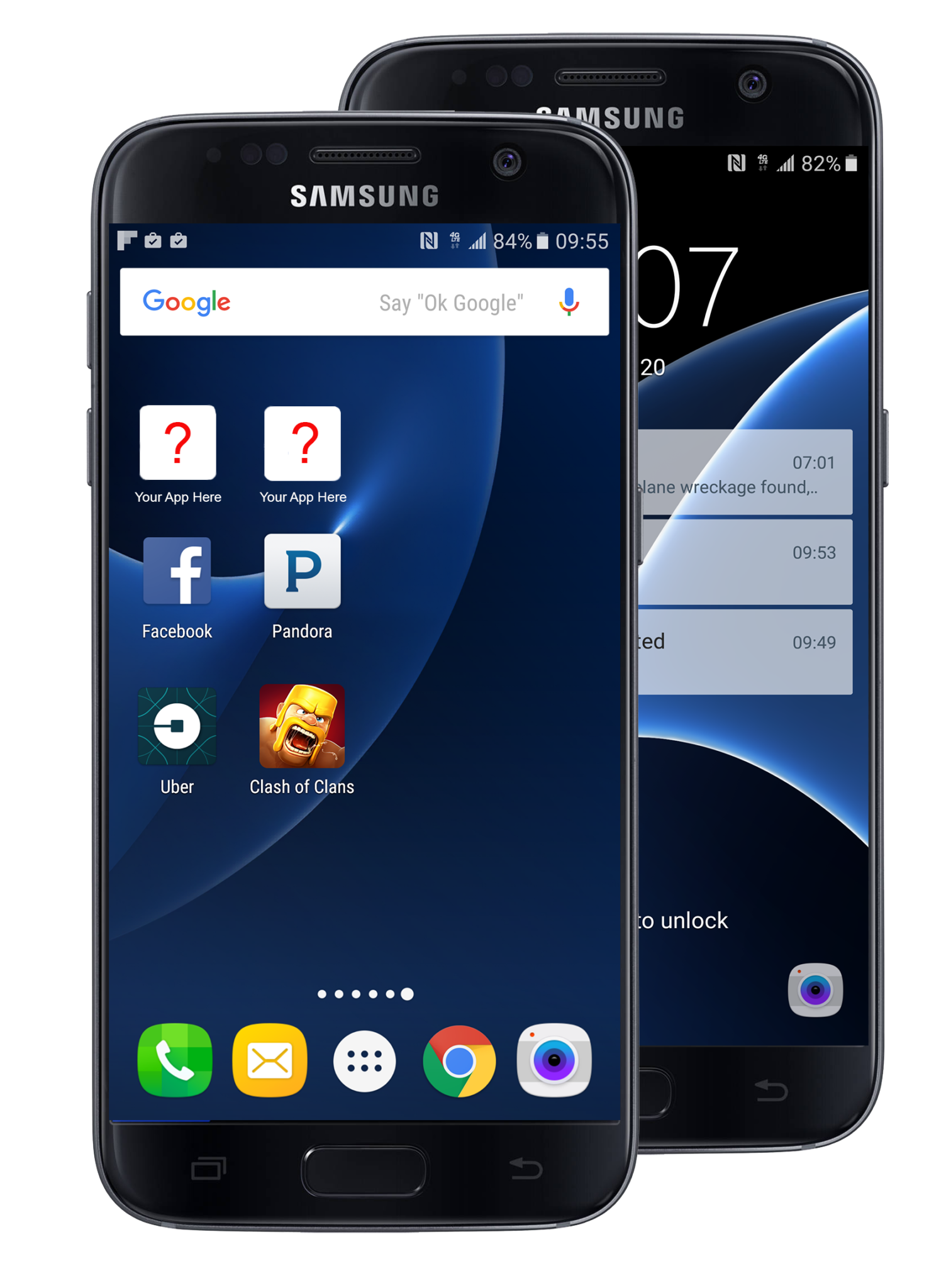 As previously alluded to in this post, today’s advertisers are actively looking for an alternative option when it comes to ending Facebook and Google’s global hegemony of mobile advertising. While one potential future option is the mobile advertizing Telco of tomorrow (be it Verizon or any other large mobile carrier), there are other available mobile advertising options that can be employed right now. One such option is native app preloading.
As previously alluded to in this post, today’s advertisers are actively looking for an alternative option when it comes to ending Facebook and Google’s global hegemony of mobile advertising. While one potential future option is the mobile advertizing Telco of tomorrow (be it Verizon or any other large mobile carrier), there are other available mobile advertising options that can be employed right now. One such option is native app preloading.
An ROI infused value driver of mobile advertising, native app preloading presents mobile advertisers with a comparative advantage that is hard to replicate within the existing Google/Facebook duopoly. As a native app preloading service provider, Digital Turbine provides the technology that connects the dots between operators and advertisers to preload apps onto the industry’s hottest devices during the phone’s setup process via partnerships with major international carriers, including T-Mobile, Verizon, and U.S. Cellular. This immediately puts advertisers on the most important consumer real estate of the digital age (i.e. the mobile home screen) from the moment a user opens their cell phone box. Advanced user profiling options (such as age, gender, location, and device model) are available for targeting, and all relevant apps are dynamically installed in real-time and without user disruption. With an average of 1,000,000 devices added each month, Digital Turbine gives advertisers the scalability and real time deliverability noticeably missing from the current duopoly of mobile advertising. It is a “must consider” for today’s mobile advertisers.
Two additional mobile advertising options include Twitter and LinkedIn. As a niche platform with 320 million monthly active users, Twitter advertising allows for quick lead generation. The Twitter Audience Platform can extend native campaigns to reach an audience of more than 800 million visitors and thousands of popular apps. Programmatic in-app formats now make it possible for advertisers to quickly and easily deploy native ads with Twitter. LinkedIn, as a business and employment-oriented social networking service with 106 million users, also presents aspiring mobile marketers with a potentially viable platform. Mobile advertisers can now get sponsored content in front of the world’s business professionals via mobile, and can raise awareness with native ads. This is a recent shift for the social networking platform, and given its Q1 earnings report from 2016 (with a 29% increase in advertising revenue), it appears it will only continue to grow.
In Conclusion
While it appears that the Facebook/Google duopoly will remain strong in the immediate future, mobile advertisers should expect the emergence of alternative options. From the rise of the “third-force” Telco, to the strategic use of Twitter and LinkedIn with native campaigns, to the scalability of Digital Turbine’s native app preloading, the future beyond the Facebook/Google duopoly looks bright.
Sign-Up
straight to your inbox.

